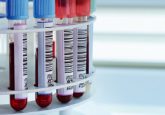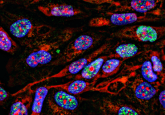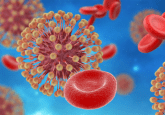AACR 2022 in review: confronting key questions for the future of cancer research

At the 2022 meeting of the American Association of Cancer Research (AACR; 8th-13th April; New Orleans, LA, USA) the exiting president David Tuveson (Cold Spring Harbour; NY, USA) and incumbent president Lisa Coussens (Oregon Health & Science University; OR, USA) sat down with the media to discuss their highlights from the event and to explain the reasoning behind some of the programming decisions made for the conference.
Here, we document some of the key points from this discussion and highlight a handful of the presentations and symposiums that embody the essential talking points from AACR 2022.
Stress and disadvantage in cancer health disparities
 The first theme that Tuveson (Left) was keen to communicate revolved around the rampant health disparities between affluent and disadvantaged communities, which are becoming ever clearer in America and around the world in terms of cancer outcomes.
The first theme that Tuveson (Left) was keen to communicate revolved around the rampant health disparities between affluent and disadvantaged communities, which are becoming ever clearer in America and around the world in terms of cancer outcomes.
Tuveson pointed out that outcomes of COVID-19 and cancer were worse for minority groups and Caucasians in poor communities in the USA, indicating the fatal role that chronic stress was playing in these communities. Contributing factors to this stress include the disruption of sleep-wake cycles, high exposure to noise and air particulate pollution and, often, obesity. Tuveson described the impact of these chronic stressors as, “making parts of you grey on the inside,” weakening aspects of an individual’s physiology and leaving them less well prepared to confront diseases.
This focus on chronic stress and health disparities was evident throughout the AACR program with key plenary sessions including one looking at decoding cancer health disparities and numerous sessions exploring the link between obesity, stress and cancer. These themes were also at the forefront of many attendees and presenters’ minds at the conference. We caught up with the namesake of the AACR Robert Winn Diversity in Clinical Trials Award Program to discuss the importance of connecting the community with cancer research to improve our understanding of non-biological factors that increase the likelihood and alter outcomes for different cancers in specific communities. We also chatted with the CEO of Obatala Sciences, Trivia Frazier, who detailed the link between obesity and cancer.
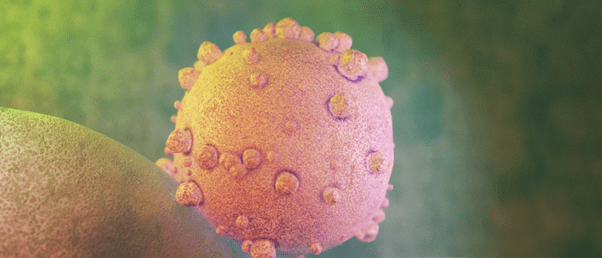 Unlocking the potential of K-RAS inhibitors
Unlocking the potential of K-RAS inhibitors
At AACR 2022, we caught up with Kevan Shokat, Professor at the University of California, San Francisco, and Investigator at Howard Hughes Medical Institute.
Connecting patients and research
Tuveson’s second key point was to bring patients into the limelight of cancer research. Currently, only 5% of cancer patients in the USA are enrolled in a clinical trial. In Tuveson’s eyes, that’s a wasted opportunity for researchers and the 95% of cancer patients that could potentially benefit from exposure to new experimental therapies.
The contribution of the pandemic to this poor representation in clinical trials is unavoidable, but Tuveson highlighted that a positive had emerged from the restrictions of the last two years. The advance of telemedicine has now made it more feasible to involve the 46 million Americans who live in the country’s rural areas, far away from the medical centers that host the majority of trials. To encourage the inclusion of more patients in clinical trials, the AACR has set up a task force to examine how telemedicine can help achieve this goal and to encourage connections between cancer centers and clinical researchers. Through this approach, Tuveson hopes to ensure that patients get “more shots on goal” in clinical trials to give them the best chance of overcoming their cancer.
Furthermore, Tuveson also wants to bring patients into the cancer research and clinical trial pipeline earlier, saving time by determining which approaches prove effective at an earlier stage and keeping research focused on patient outcomes. When questioned about the safety of introducing patients earlier in the process, Tuveson gave the example of advances in microdosing trials. These approaches use incredibly small quantities of a drug to challenge a patient’s tumor, which is then monitored to determine its impact. The concentrations used are so low that issues of toxicity are not brought into question, allowing microdosing trials to be used earlier in the process of developing treatments.
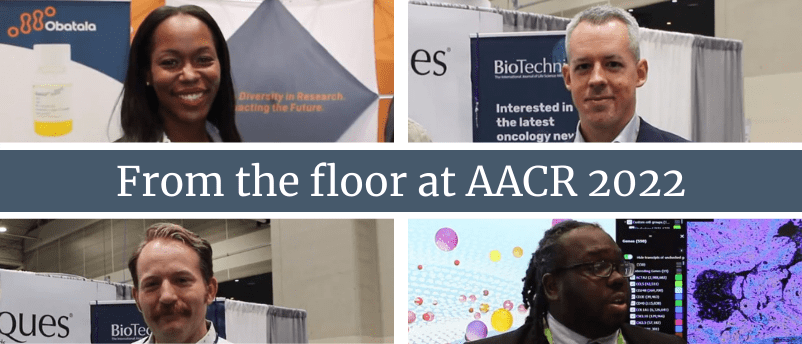 From the floor at AACR 2022: a video roundup
From the floor at AACR 2022: a video roundup
At this year’s meeting of the American Association for Cancer Research, we toured the floor to speak to some of our key industry partners about their highlights of the meeting and what they were presenting. Catch the videos here!
Technological advances have also allowed for the response of the wider systemic immune system to be measured during trials, as opposed to focusing on a few immune targets. This allows for a better measure of chronic stress and can be used to inform early preventative measures. Preventative measures will be essential, Tuveson believes, to the success of initiatives such as Joe Biden’s Moonshoot 2.0 to reduce deaths from cancer by 50% in the next 25 years.
Attendees of the AACR annual meeting over the last few years will have noticed the increasing penchant for the inclusion of clinical research in its program, a change that is no doubt driven by the collective shift towards the truly patient-centric approach that Tuveson has championed throughout his time as the president of AACR.
Education and mentoring
 Incoming president Coussens (right) extolled the initiatives and priorities directed by her predecessor but highlighted a separate focus – education and mentoring – for her tenure, indicating a very different perspective in her approach to the role.
Incoming president Coussens (right) extolled the initiatives and priorities directed by her predecessor but highlighted a separate focus – education and mentoring – for her tenure, indicating a very different perspective in her approach to the role.
As early-career researchers (ECRs) develop in their careers and begin to take on new responsibilities or even become lab leaders, they are required to develop an intricate set of soft skills. Running a lab, Coussens explains, is similar to running a small business. Research must be funded, members managed, projects directed and, once research efforts produce significant findings, these need to be communicated effectively to as wide a reach of people as possible.
The litany of skills required to complete these tasks; however, are rarely taught during a PhD, and resources to help people develop them can be few and far between. To address this Coussens has set up a program to target ECRs from different specialisms, a key aspect of which provides them with the “tricks of the trade” to succeed in the later stages of their career.
Another key area for development was the rising importance of being able to both present data publicly in a clear manner and to be able to accurately interpret other researchers’ data. This not only requires the open sharing of data and improvements to accessibility but also hinges on researchers having a more well-rounded set of skills that enable them to take a more interdisciplinary approach to their work. For example, a high level of mathematics and physics are now vital for quantitative analytics, but a lot of the time bioscience majors do not take these classes.
Coussens believes this needs to be addressed early on in a researcher’s career and more awareness needs to be placed on these skills from undergraduate courses right through to the ECR level. Several educational sessions and workshops at the conference reflected the requirement for continued learning in a diverse array of fields. This included introductions to the use of artificial intelligence and machine learning in image analysis, designing real-world data, career advice and tips for grant writing.
After 2 years of disruption, uncertainty and delay, AACR 2022 felt like a pivotal moment in the research landscape, with a tidal wave of scientific information, relationship building and development opportunities seeming to clear a malaise from many in attendance. This sentiment was robustly echoed by both the exiting and incumbent presidents, with both highlighting the ability to meet and mix with colleagues old and new as their highlight of the conference.

